Jed Williams Studio, Hmmm?, oil on canvas, 30 X 30 inches, $400
Jed Williams Studio
Jed Williams Studio 615 Bainbridge Street, Philadelphia, PA 19147, There, oil on canvas, 24 X 34 inches, $450.00.
Jed Williams Studio, just a block South of South Street, is a store front gallery with the artist’s studio in the back of the shop. Jed is not just an artist, he’s an entrepreneur providing artists the opportunity to show their work in a high traffic area near other art galleries, shops and restaurants. Jed and DoN have been friends for many years and own some of each other’s artwork. Jed Williams is a PAFA trained professional artist with works included in many prestigious collections. The gallery has been in business for several years and Jed is a business person unlike many other artists. His goal is to not just paint great pictures, his plan is to sell them, along with artwork created by the artists he represents. With that goal in mind Jed and DoN have been discussing sales techniques to help buyers make up their minds to purchase art.
DoN was in business to business sales for twenty-five years and was a sales coach for a team of sales professionals whose income depended on commissions. Art is often considered a luxury but a house needs art to be a home. Art is a commodity like any other product, meaning sometimes buyers need help making decisions to spend their money.
Artists can no longer depend on galleries to sell their art for them. In fact, many believe that if the art is good enough it will sell itself. Sometimes this is true but remember Vincent Van Gogh only sold a couple paintings in his career and they were to his own brother. DoN has compiled a few tips to help you build your sales skills. Some people don’t like to be ‘sold’ and some, not all, artists have difficulty selling their art and recognizing buying signals. You don’t have to act like a used car salesman but there are techniques to help overcome objections. A buying signal is when a potential collector compliments the art, asks questions about the subject or expresses concerns about the price. Even noticing a gallery goer spending time observing the work is a buying signal. So, pay attention.
Jed Williams Studio, Twisted Drinker, oil on canvas, 24 X 24 inches, $450
QRISP is an easily remembered acronym to help start a conversation, identify buying signals and close sales.
- Quality
- Reliability
- Innovation
- Service
- Price
Jed Williams Studio, Mist–Demon Following Waving Teddy Bear, oil on canvas, 32 X 40 inches, $525
You’ll notice the QRISP acronym has price listed last. That’s because often the price needs to be identified as the main objection to be overcome. Identifying buying objections and overcoming them will help buyers feel better about their purchase. Instead of automatically discounting the price of your art, ask open ended questions and start a conversation. An open ended question is one that can not be answered with a simple yes or no answer.
Jed Williams Studio, Howl Invocation, oil on canvas, 36 X 24 inches, $480
If a customer asks about the price that is a clear buying signal. Instead of answering that question, do what politicians do, answer the question you want asked by talking about the quality of the art. High quality materials like custom stretched canvasses as compared to store bought standard sizes, the best oil paints and brushes or unusual materials, your own unique style, your education and successes are all qualities to talk about while delaying the price discussion.
Reliability may refer to collections your work is part of, awards you’ve won, shows the work has been included in, museum shows…don’t be afraid to brag about your accomplishments. Practice explaining your style, techniques and skills in a concise, carefully crafted statement – this is called an elevator pitch. Develop a statement that can quickly and clearly differentiate you from your competition. Create a brand.
As an artist, you are an innovator. Be prepared to explain your innovation. Talk about what is different about your work. Are you mixing unusual materials? Is the theme something personal, intriguing or unusual? Has the work won awards or been exhibited in prestigious art shows? The buyer won’t know unless you tell them.
Offer to help install the art where it will look best, explain how a painting is properly hung, offer to loan works (with a deposit, of course), describe the style, materials and themes. Help educate the buyer by raising questions and concerns and then explain what differentiates your art from your competition. Service is something we all appreciate – think about the last time you bought an expensive item of clothing and how the salesperson complimented you and made you feel good about buying.
Stick to your price! DoN recently observed a fine artist in a conversation with a potential customer who questioned if the price could be reduced. The artist explained that the price was already reduced simply by the fact that it is being sold in Philly instead of New York. He told the buyer that if she bought the painting in a gallery in NYC the price would probably be double. She said she didn’t like the frame. He said the art was for sale, the frame was for presentation and she could always change it to something else after she bought it. The collector bought it on the spot.
Price is an objection that can be overcome by helping the buyer realize the true value of the work. When a patron buys a work of art they plan to keep it for a long time. Think about it, if a painting costs $1000.00 and the buyer owns it for twenty years the amortized price is $50.00 a year, less than $5.00 a month and only pennies a day. A cup of coffee is $2.00. A gallon of gas is almost $5.00. $1000.00 for a one of a kind work of art really is a bargain.
Role play these techniques with friends, get them to challenge you, go ahead and embarrass yourself, make mistakes and learn from them. Then the next time a collector challenges with price objections you will be prepared to help them overcome their concerns and make them happy they bought art from you.
Like Jed Williams Studio on facebook.
Written and photographed by DoN Brewer.
Like DoNArTNeWs Philadelphia Art News Blog on facebook.
Follow DoN on Twitter @DoNNieBeat58
DoNArTNeWS on Tumblr
@donniebeat on Instagram
Previous DoNArTNeWs at www.brewermultimedia.com
Affiliate Marketing Disclosure Statement
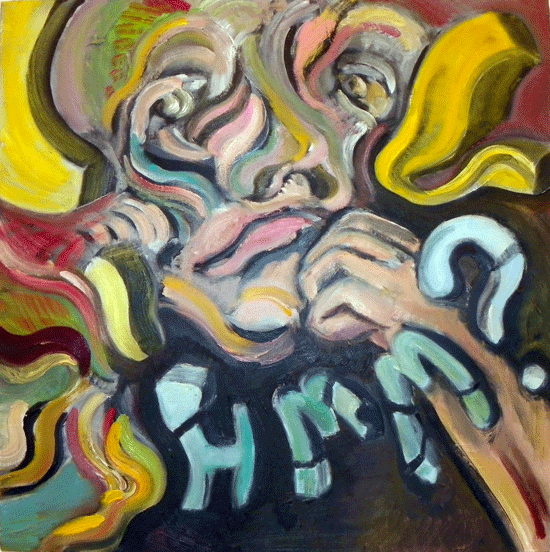
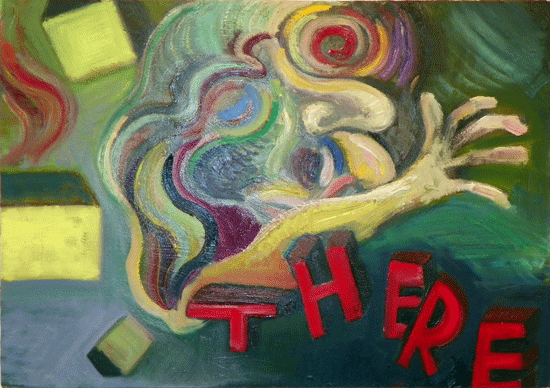
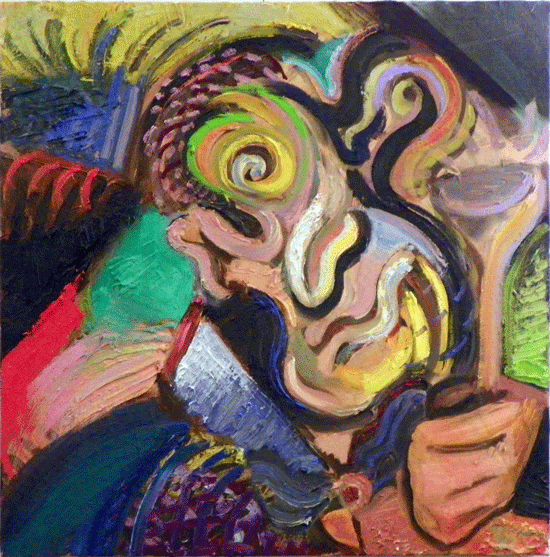
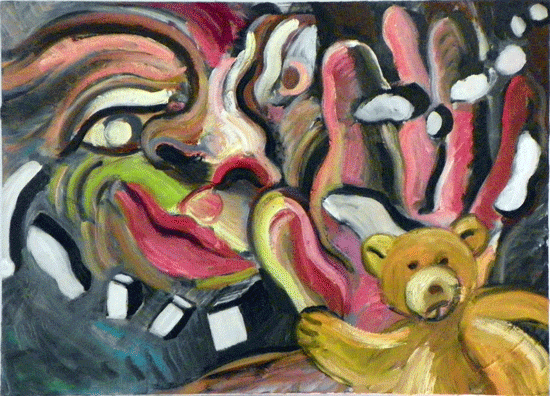
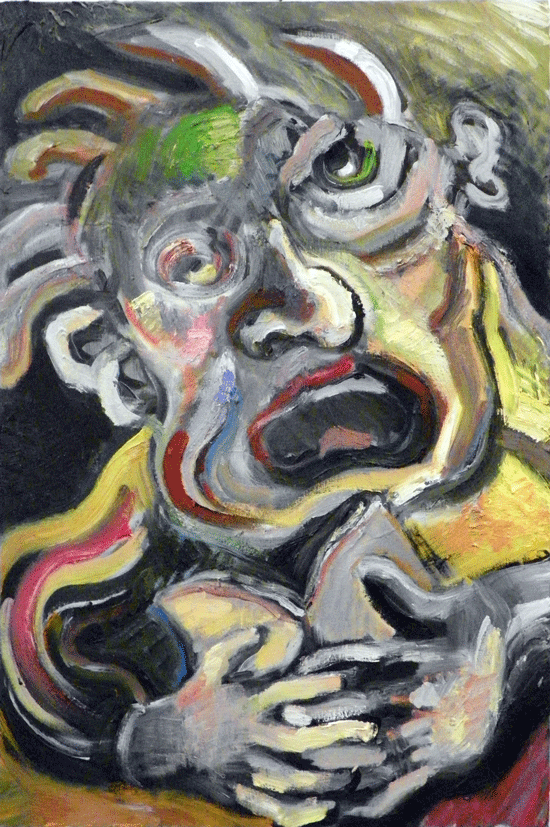
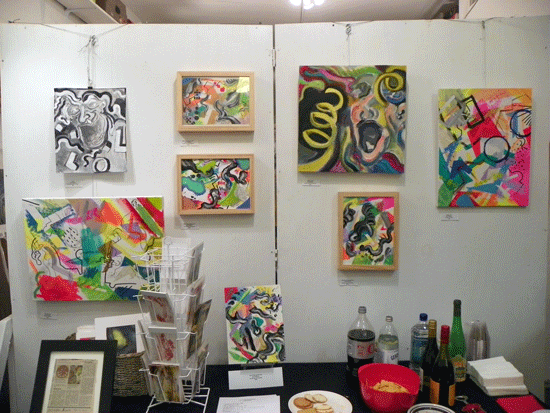



{ 1 comment… read it below or add one }
Thanks, Don. Fantastic article. So helpful.
You must log in to post a comment.
{ 1 trackback }